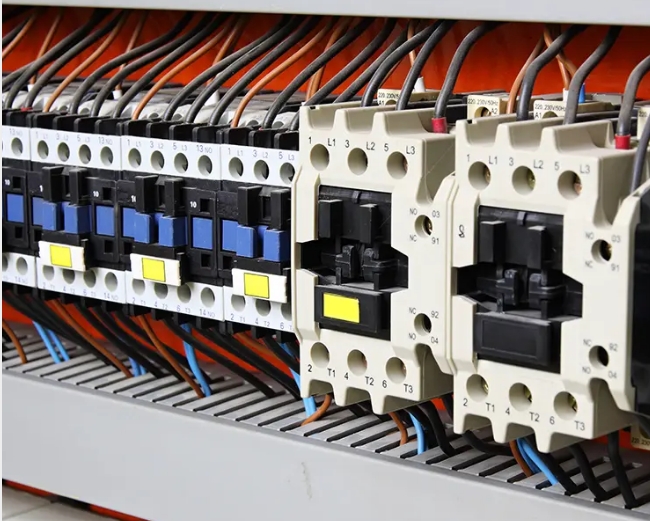Date:Jun-07-2024
In today’s fast-paced world, uninterrupted power supply is crucial for businesses and organizations to ensure smooth operations. Automatic Transfer Switch (ATS) is one of the important components that plays a key role in maintaining power continuity. An ATS is a device that automatically switches power from primary power to a backup power source (such as a generator) during a power outage or failure. This seamless transition ensures critical equipment and systems remain operational, preventing costly downtime and disruption.
ATS is designed to provide reliable and efficient solutions for managing power conversion. When primary power fails or is outage, ATS quickly detects the problem and seamlessly transfers the load to the backup power source. This process is critical to maintaining the continued operation of essential equipment and systems such as data centers, hospitals, manufacturing facilities and telecommunications infrastructure.
One of the primary functions of an ATS is its ability to facilitate smooth transitions between power sources without the need for human intervention. This automation ensures critical operations are not affected even during unexpected power outages. Additionally, ATS offers a high degree of security and reliability, making it an indispensable component for businesses and organizations that rely on uninterrupted power supply.
Additionally, the versatility of the ATS system allows it to be integrated with a variety of power sources, including generators, making it suitable for a wide range of applications. This flexibility ensures businesses can tailor their power continuity solutions to meet their specific needs and operational requirements.
In conclusion, automatic transfer switches are an important component in ensuring uninterrupted power supply for various industries and applications. Its seamless switching between power sources, high degree of automation and reliability make it an indispensable asset for businesses and organizations. By investing in ATS, businesses can protect their operations from power outages and minimize the impact of downtime, ultimately helping to increase productivity and operational efficiency.